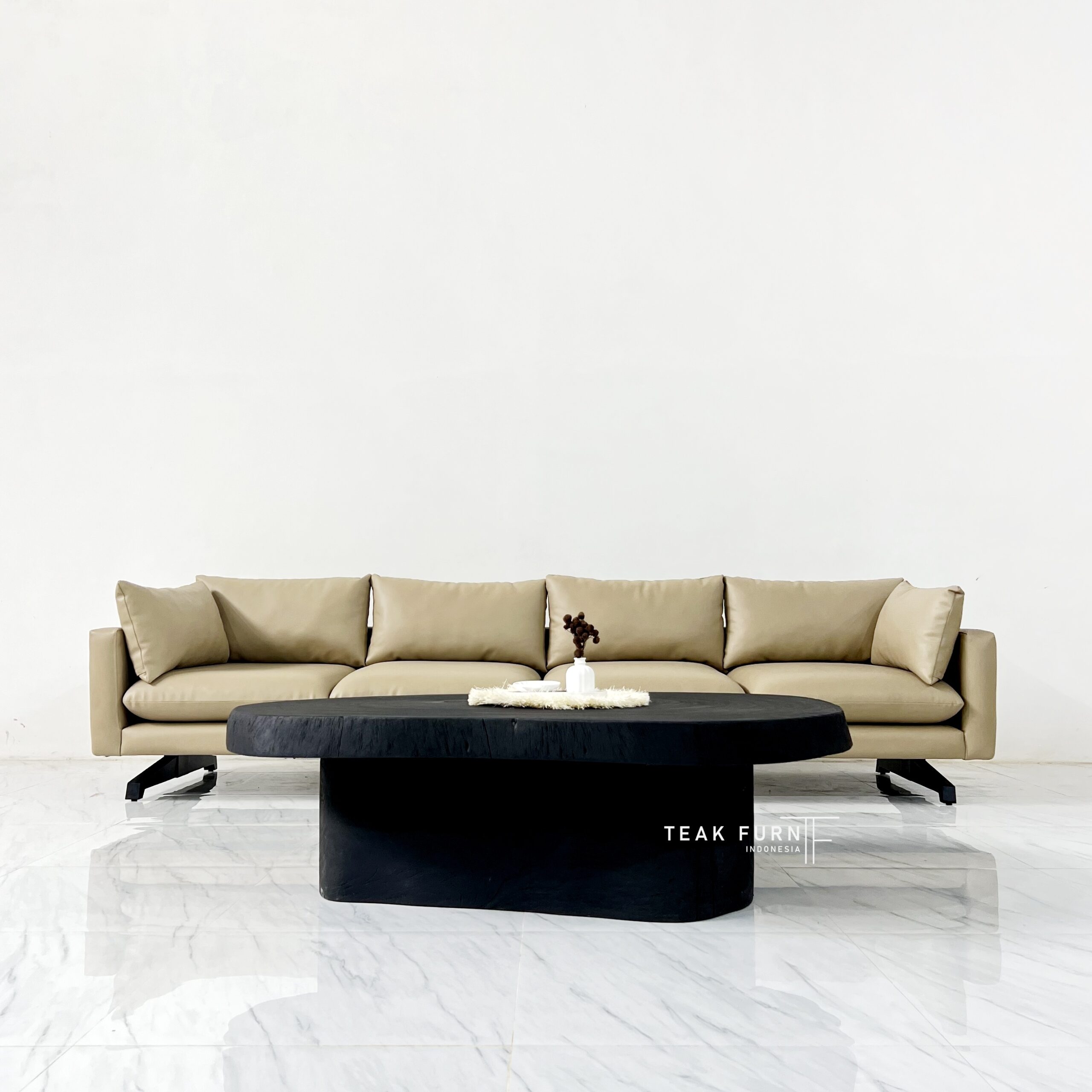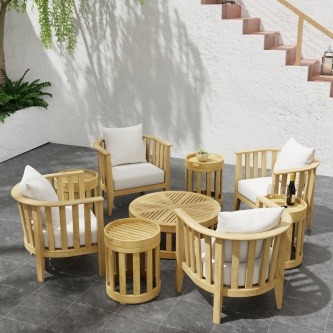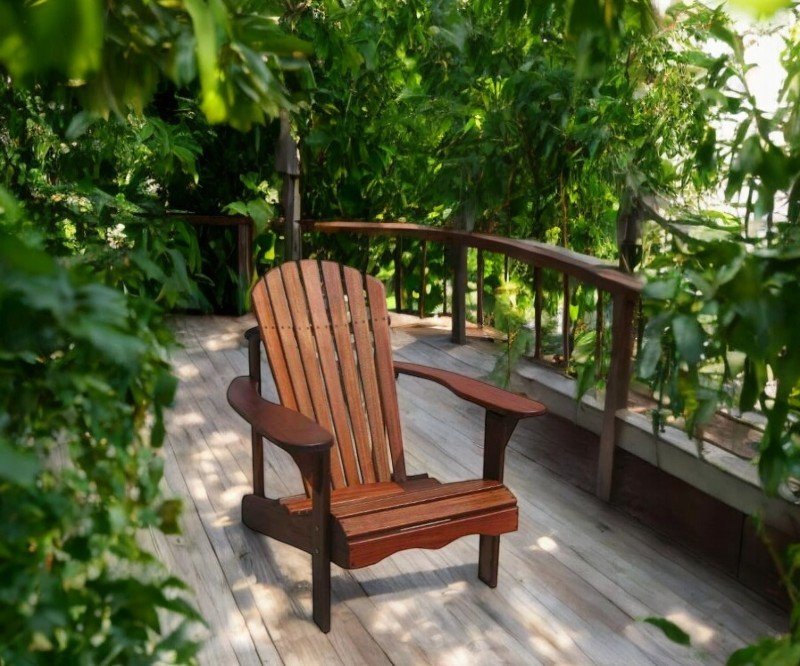Teak wood is renowned for its durability, elegance, and versatility, making it a popular choice for high-quality furniture. However, when purchasing teak furniture, it’s essential to understand the differences between two types of teak wood: plantation teak and natural teak. Although both offer exceptional qualities, they vary in sourcing, appearance, sustainability, and price. Understanding these differences can help you make an informed decision when choosing the right teak furniture for your home.
What is Plantation Teak?
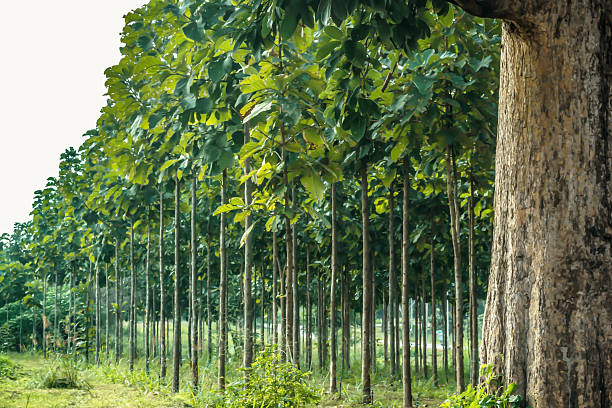
Plantation teak is sourced from commercial teak plantations, typically located in tropical regions like Southeast Asia, including Indonesia, India, and Thailand. These plantations are carefully managed to ensure a steady supply of teak wood. Trees are grown in controlled conditions, spaced appropriately, and harvested sustainably, which helps protect the environment and reduce deforestation.
One of the primary advantages of plantation teak is its renewable nature. As trees are replanted after being harvested, plantation teak is considered an eco-friendly option. It ensures a constant supply without contributing to the depletion of natural forests.
What is Natural Teak?
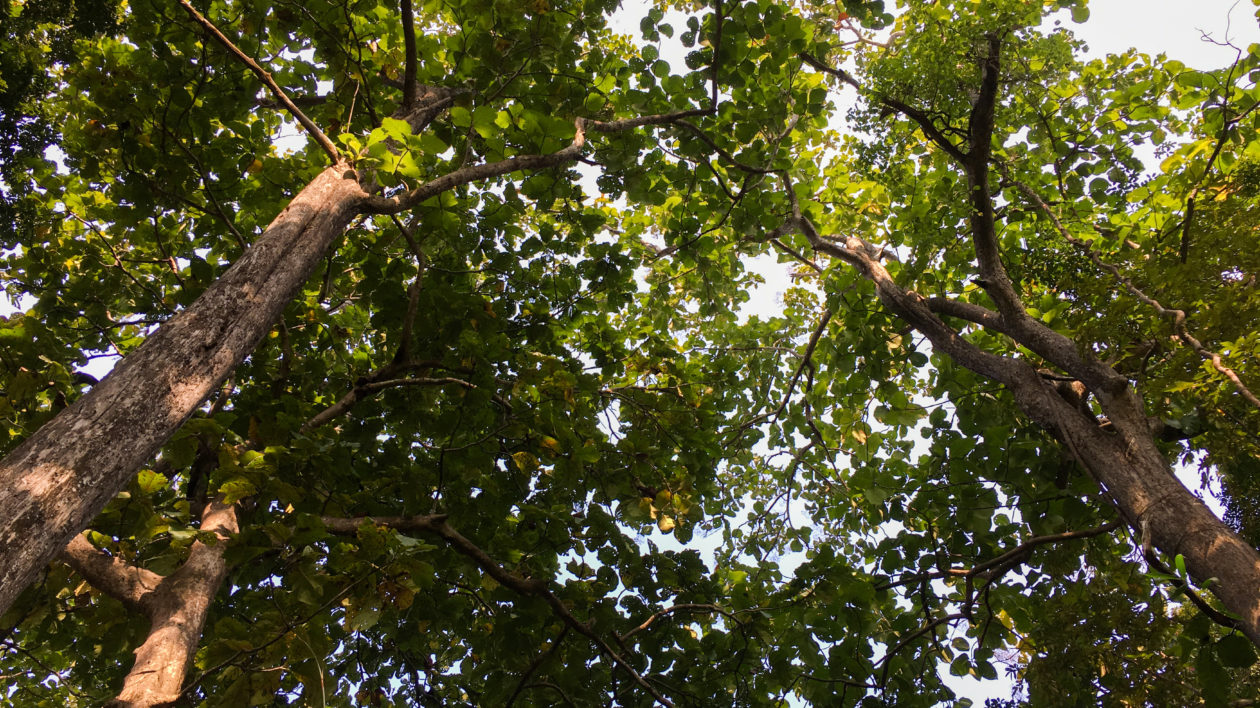
Natural teak, on the other hand, is harvested from wild forests where teak trees grow naturally. These forests are not cultivated or managed like plantations, and teak trees mature more slowly in their natural environment. Due to the slower growth rate of natural teak, it is rarer and more expensive than plantation teak.
Natural teak is often associated with greater uniqueness and superior strength. However, its harvesting process can sometimes raise concerns about deforestation, although responsible sourcing practices, such as FSC certification, can mitigate these issues.
Key Differences Between Plantation Teak and Natural Teak Furniture
Sustainability
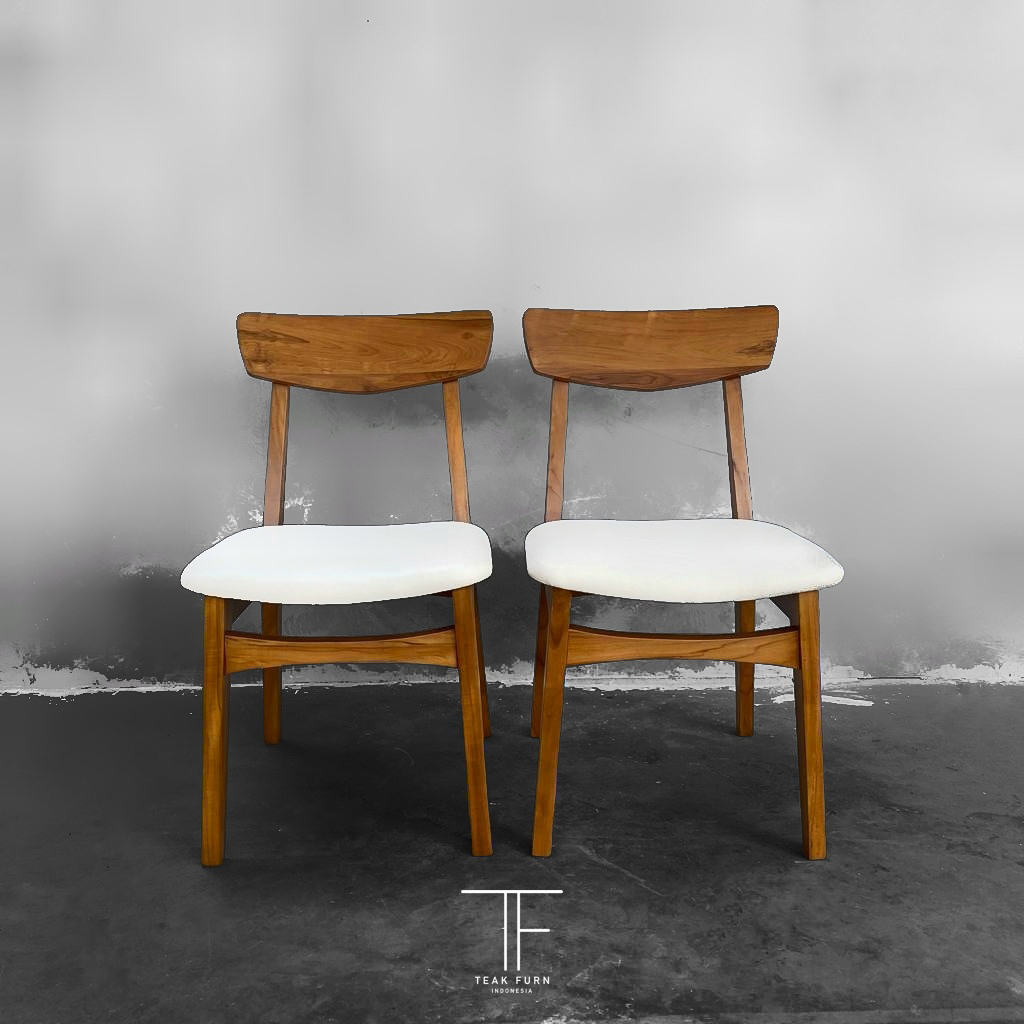
The most notable difference is the sustainability of each type. Plantation teak is grown in controlled environments, and each tree harvested is replaced with a new one, making it a more sustainable option. On the other hand, natural teak is sourced from wild forests, and although responsible forestry practices are in place, it may contribute to deforestation if not managed carefully. Plantation teak is generally considered the more eco-friendly choice due to its renewable nature.
Appearance
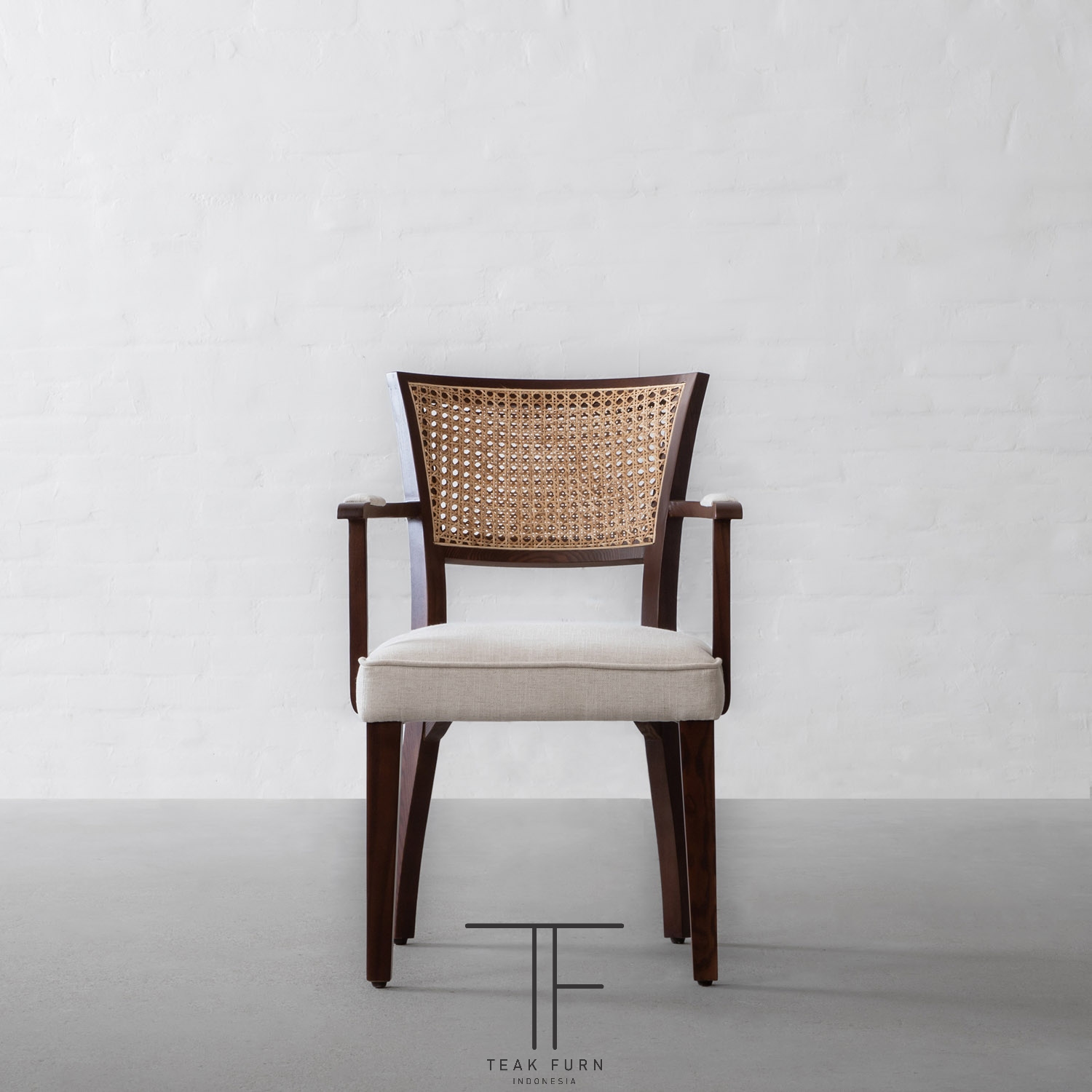
Both plantation and natural teak are prized for their rich, golden-brown hues and fine grain patterns. However, natural teak tends to have a more varied and distinctive grain, reflecting the unique growth conditions of the tree. The appearance of natural teak can differ more significantly from piece to piece. In contrast, plantation teak has a more uniform appearance because it comes from trees grown in controlled conditions with similar age and spacing. While it still offers natural beauty, its grain and color are typically more consistent.
Durability and Quality
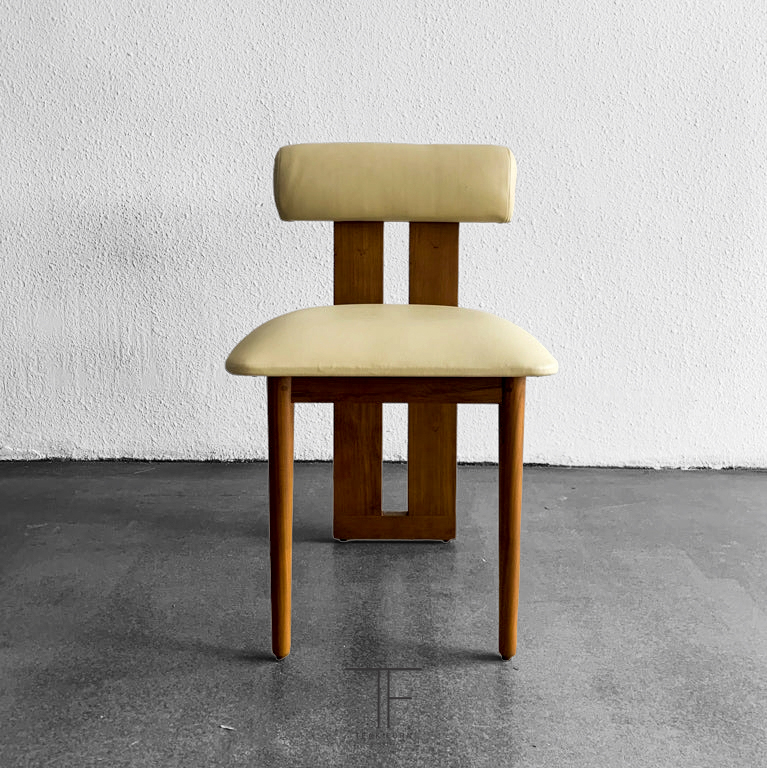
Teak is well-known for its durability and ability to withstand the elements. However, natural teak is generally denser and harder due to its slower growth rate, which gives it superior strength and longevity. While plantation teak is still highly durable, it may not be as resilient to wear and tear as natural teak due to its faster growth rate.
Price
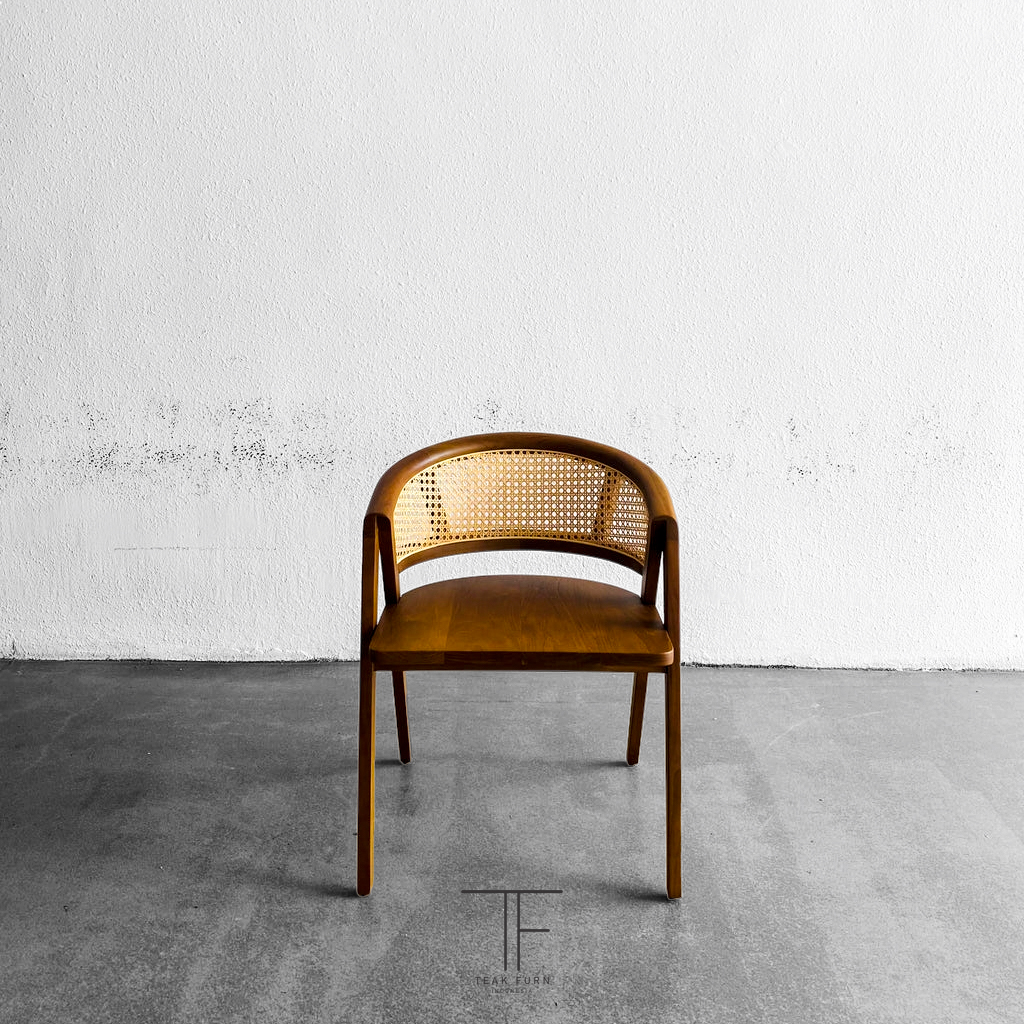
Natural teak is more expensive than plantation teak due to its rarity, slower growth rate, and the labor-intensive harvesting process. Because it is harder to source, natural teak furniture often commands a premium price. Plantation teak, being more readily available and cultivated on a larger scale, tends to be more affordable while still maintaining high quality.
Maintenance and Care

Both plantation and natural teak require minimal maintenance. Their natural oils make them resistant to moisture, insects, and decay, which is why teak is a popular choice for both indoor and outdoor furniture. Regular cleaning with a soft cloth and occasional oiling helps maintain the wood’s appearance. Natural teak’s denser wood may require less frequent treatment, as it holds moisture better than plantation teak. Over time, natural teak will develop a beautiful silver-gray patina, which many homeowners find desirable. Plantation teak can also age gracefully, but its color may fade faster without proper care.
Which One Should You Choose?
The choice between plantation teak and natural teak ultimately depends on your priorities. If sustainability and eco-friendliness are essential, plantation teak is the better option as it comes from renewable sources and is grown in a controlled environment. However, if you value unique grain patterns, superior durability, and are willing to invest more, natural teak is the premium choice.
Both plantation and natural teak furniture offer timeless beauty, durability, and long-lasting appeal. Whether you opt for the more affordable and sustainable plantation teak or the rare and luxurious natural teak, both will enhance your home with their elegance and functionality.

